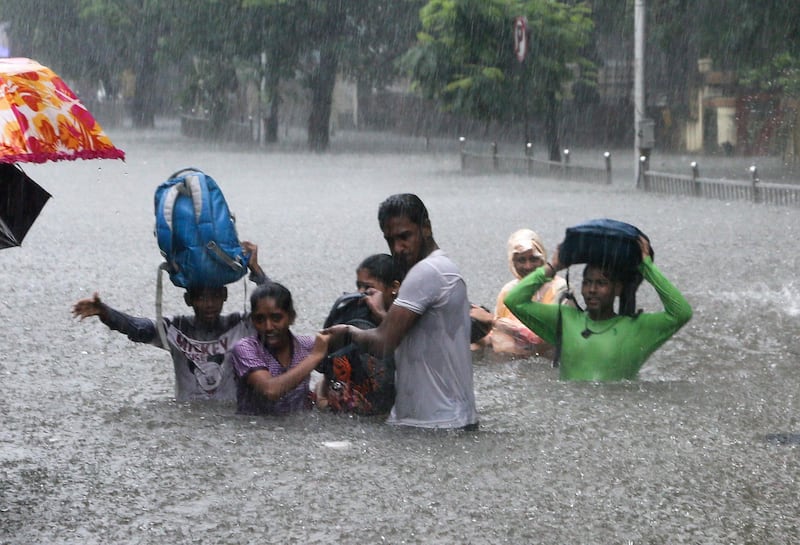Two thirds of the population of several Asian countries, including China and India, are at risk of being displaced as a result of rising sea levels, a new report reveals.
Other countries, including Bangladesh, Vietnam, Indonesia and Thailand, were listed in the study that shows Asia will bear the brunt of the rising seas caused by climate change.
China accounts for 15 to 28 per cent of parts of the world that are vulnerable to flooding, the research said.
The report, published in Nature Communications on Tuesday, said that land on which 300 million people live will flood at least once a year by 2050 unless carbon emissions are cut significantly and coastal defences are strengthened.
This marks a sharp rise of the previous estimate, which was 80 million people.
Earlier figures used satellite data that overestimated the altitude of land because of tall buildings and trees but the new data was calculated more accurately using artificial intelligence.
The biggest change in estimates was in Asia, which is home to most of the world’s population.
The numbers at risk of an annual flood by 2050 increased more than eight times in Bangladesh, seven times in Indonesia, 12 times in India and tripled in China.
The effects are already being felt in these countries, as well as other Asian nations.
In July and August, incessant rain flooded 13 states in India, killing at least 1,600 people and displacing about a million.
It was the country’s heaviest monsoon for the past 25 years.
Jakarta, the capital of Indonesia, floods regularly and in response, the country’s government in April said it would transfer all government offices to a new capital as part of a 10-year plan.
The report said that the 300 million people could rise to as many as 480 million by 2100 if the carbon emissions are not quelled.
"Climate change has the potential to reshape cities, economies, coastlines and entire global regions within our lifetime," lead author and Climate Central scientist Scott Kulp said.
"As the tide line rises higher than the ground people call home, nations will increasingly confront questions about whether, how much and how long coastal defences can protect them."
The study found that even today, there are 100 million people living below high tide levels.
Driven by climate change, global mean sea level rose 11 centimetres to 16cm in the 20th century.
Even with sharp, immediate cuts to carbon emissions, it could rise another 50cm this century or even two metres in extreme scenarios, the paper said.






